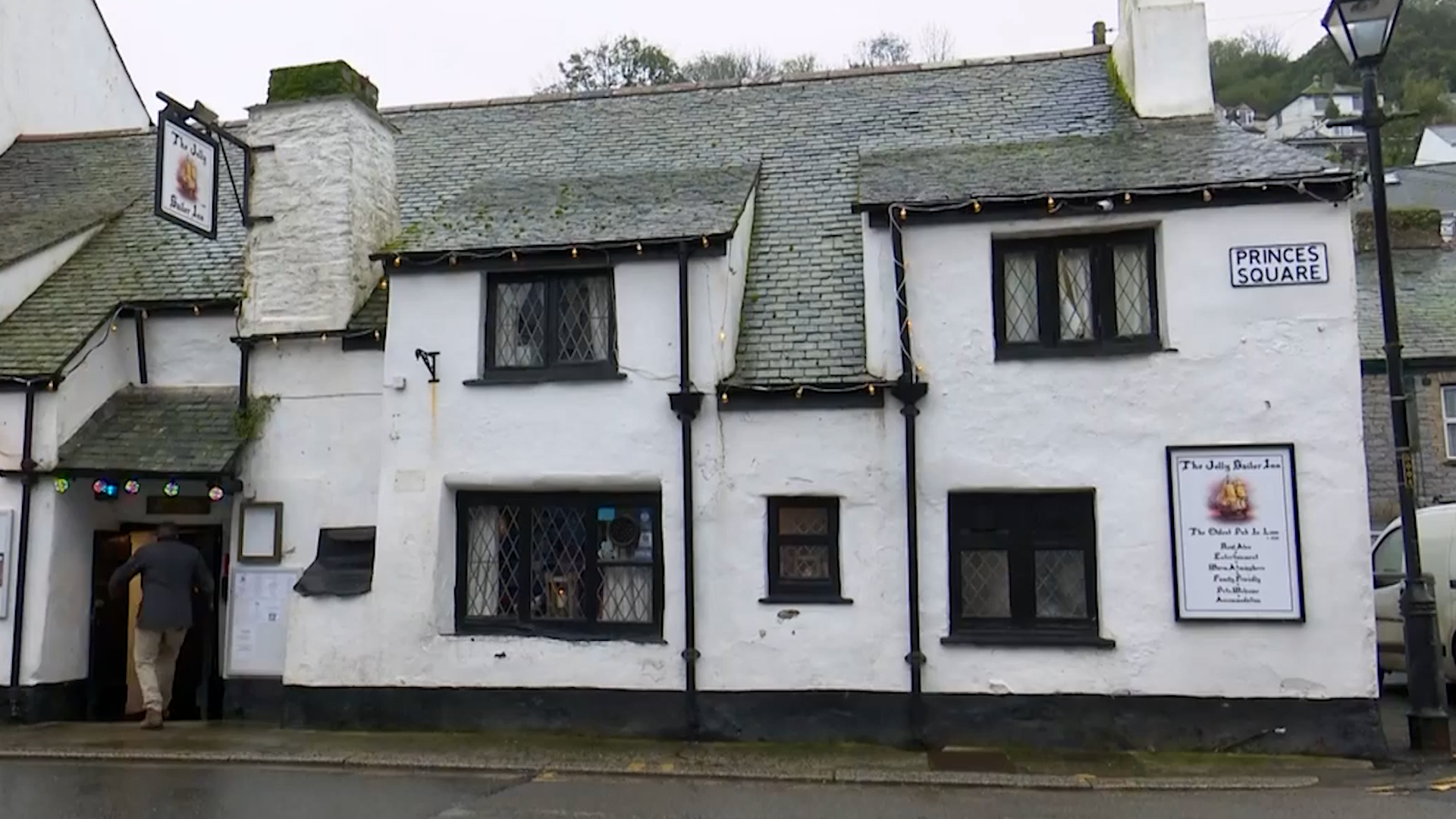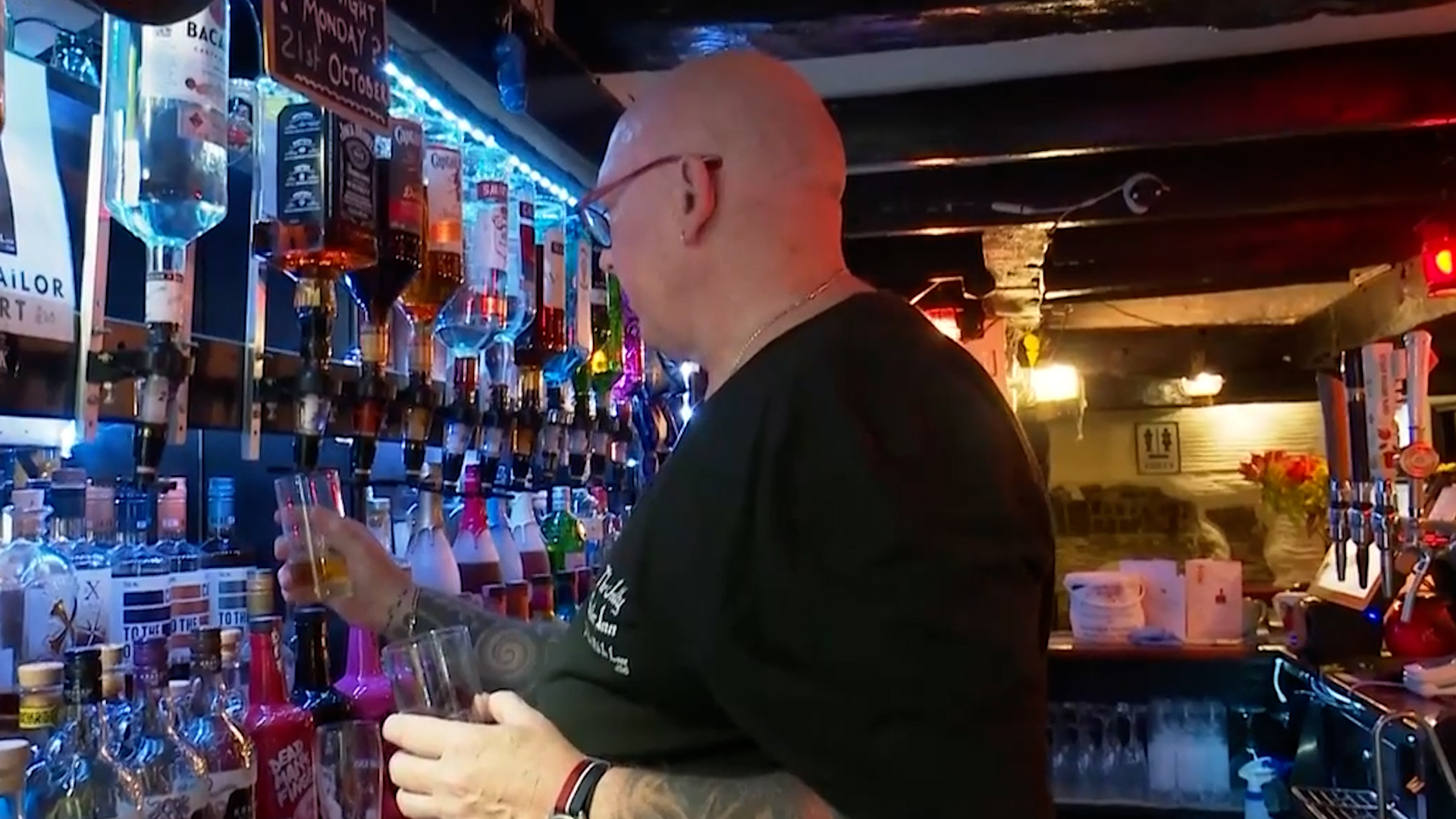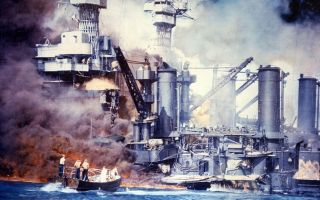The Cornish pub with timbers from Spanish Armada and Napoleonic era warships
In the coastal town of Looe in Cornwall, the Jolly Sailor Inn offers more than a hearty welcome – it holds pieces of British naval history within its walls.
Built in 1516, this ancient pub has beams that once formed part of a vessel from the Napoleonic Wars and the Spanish Armada.
These timbers, salvaged from wrecks along the Cornish coast, make the Jolly Sailor a rare testament to Britain's maritime past.
- How the sinking of a Second World War ship led to one of the UK's last witch trials
- Great British Battle Commanders and the six reasons why they were a success
- Midget submarine helmsman's medals from WW2 Tirpitz raid to go under the hammer
During the summer of 1588 King Philip II of Spain dispatched a vast fleet of 130 ships to invade England.
This armada, intended to overthrow Queen Elizabeth I, carried 30,000 soldiers across the English Channel.
England's forces engaged the Spanish in a series of battles.
After facing brutal resistance and a lack of decisive victories, many Spanish ships were forced to retreat around the British Isles, battered by storms and losing their way.

Some ships were lost off the English coast, with their remains later scattered along the shores of Cornwall, Devon and beyond.
"The Jolly Sailor, being the oldest pub in Looe, was built originally in 1516 when all this material came available on the coast of Cornwall, Devon, Dorset," pub manager Stokie Knowles explained.
"It was used and integrated into already fitted buildings. The beams from the Armada were eventually integrated into the pub and you can tell from them, because they have a curve to them, that they are the beams from the ribs of the Armada vessels."
Beyond the Armada relics, the Jolly Sailor boasts another significant beam, this one originating from HMS Indefatigable.
"This beam here came from HMS Indefatigable," Mr Knowles explained.

"The Indefatigable was designed by Sir Thomas Slade, the same gentleman that designed HMS Victory."
Decommissioned and broken up in 1816, its timbers were incorporated into the pub, reinforcing the Armada-era structure already in place.
Mr Knowles, who has cherished the Jolly Sailor since childhood, reflects: "I love this building, I absolutely have since childhood, since I used to come down on holiday.
"And to actually be here now, be manager of the pub, is something quite special."
Similar naval relics exist elsewhere in Britain, such as Chesapeake Mill in Wickham, Hampshire.
Built with the timbers of the USS Chesapeake – an American frigate captured after a brief but fierce battle with HMS Shannon in 1813 – the mill still displays musket-shot damage and patches of the original US Navy blue paint.
Next time you find yourself in one of Britain's historic pubs or mills, take a look around – you may just be standing beneath a piece of naval history, brought ashore and repurposed over the centuries.









